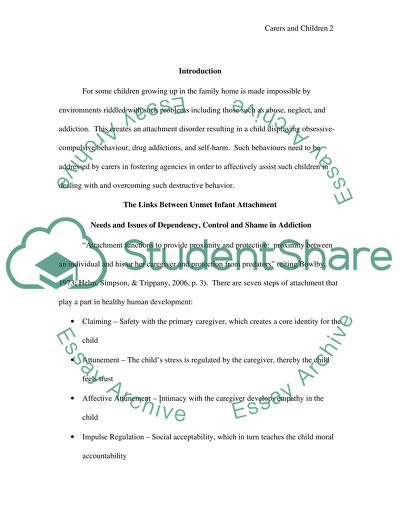Cite this document
(“Child Care Assignment Example | Topics and Well Written Essays - 1000 words”, n.d.)
Child Care Assignment Example | Topics and Well Written Essays - 1000 words. Retrieved from https://studentshare.org/psychology/1501744-child-care
Child Care Assignment Example | Topics and Well Written Essays - 1000 words. Retrieved from https://studentshare.org/psychology/1501744-child-care
(Child Care Assignment Example | Topics and Well Written Essays - 1000 Words)
Child Care Assignment Example | Topics and Well Written Essays - 1000 Words. https://studentshare.org/psychology/1501744-child-care.
Child Care Assignment Example | Topics and Well Written Essays - 1000 Words. https://studentshare.org/psychology/1501744-child-care.
“Child Care Assignment Example | Topics and Well Written Essays - 1000 Words”, n.d. https://studentshare.org/psychology/1501744-child-care.


